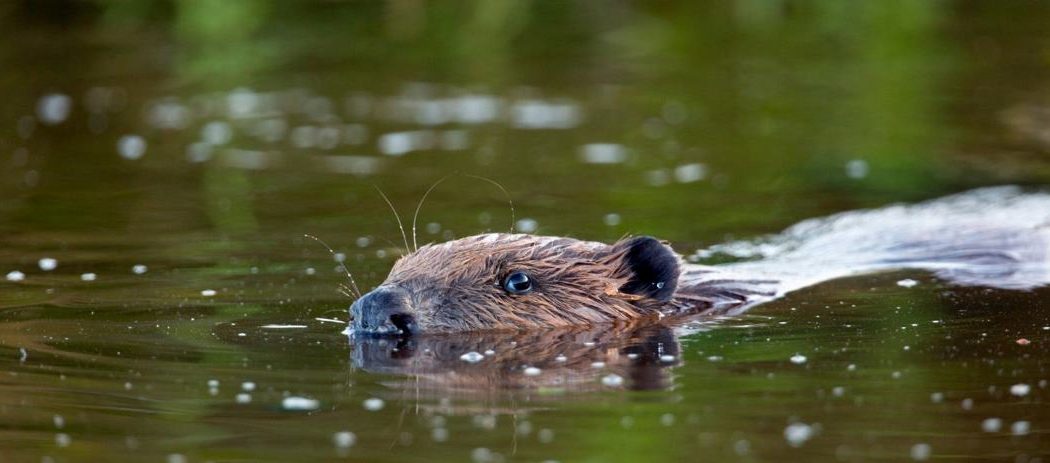On November 20, 2019, The National Trust announced that they will release Eurasian beavers at two sites in the south of England next spring to improve flood resilience and restore biodiversity.
The beaver reintroductions will be the first made by the conservation charity, linking to its ambitions to create priority habitats for nature and to increase the diversity of species and wildlife numbers on the land in its care.
Ben Eardley, Project Manager for the National Trust at Holnicote said, “Our aim is that the beavers become an important part of the ecology at Holnicote, developing natural processes and contributing to the health and richness of wildlife in the area. Their presence in our river catchments is a sustainable way to help make our landscape more resilient to climate change and the extremes of weather it will bring.”
“They will be part of our innovative ‘Stage 0’ project, part of our Riverlands work which is about restoring natural process and complexity in parts of the river catchment. In doing so they will help us achieve a more natural flow pattern, slowing, cleaning and storing water and developing complex river habitats. The dams the beavers create will hold water in dry periods, help to lessen flash-flooding downstream and reduce erosion and improve water quality by holding silt,” he explained.
Having once been an important part of the ecosystem, beavers became extinct in the UK in the 16th century due to hunting for their fur, meat and scent glands.
The plans, approved by Natural England, will see a pair of these fascinating mammals released into each of two fenced areas of woodland at Holnicote on the edge of Exmoor in Somerset, and a pair at Valewood on the Black Down Estate on the edge of the South Downs.
David Elliott, National Trust Lead Ranger for Valewood in the South Downs said, “Beavers are nature’s engineers and can create remarkable wetland habitats that benefit a host of species including water voles, wildfowl, craneflies, water beetles and dragonflies. These in turn help support breeding fish and insect eating birds such as spotted flycatchers.”
“There are just a handful of sites in the British Isles that have beavers. This is a different way of managing sites for wildlife – a new approach, using a native animal as a tool. The beavers will live along the stream at Valewood and gradually create little ponds, dams and rivulets. Making a habitat that is perfect for them and for many birds, amphibians and invertebrates – vibrant and alive with dappled light under coppiced trees,” he added.
Both projects will be carefully monitored with help from Exeter University and others, to note both ecological and hydrological changes to habitat.
Mark Harold, Director of Land and Nature at the National Trust said, “We know from the recent State of Nature report that wildlife is in decline, 41 per cent of species since 1970 and 15 per cent of species are under threat from extinction. We need to do more, and we need to encourage and support others to play their part.”
“These releases are part of the Trust’s wider objective to restore 25,000 hectares of wildlife-rich habitats by 2025. Part of this work means we are focusing on helping nature recover, and the reintroduction of beavers is just one example of how our approach to restore natural processes. The development of a more natural river system; the slowing, cleaning and storing of water can develop a complex mosaic of habitats which are not only good for nature, but for people too,” he concluded.
The conservation charity will spend the next few months preparing the sites and getting the habitats “beaver-friendly” in time for their arrival.
Photo of beaver in river courtesy of David Chapman / The National Trust.

